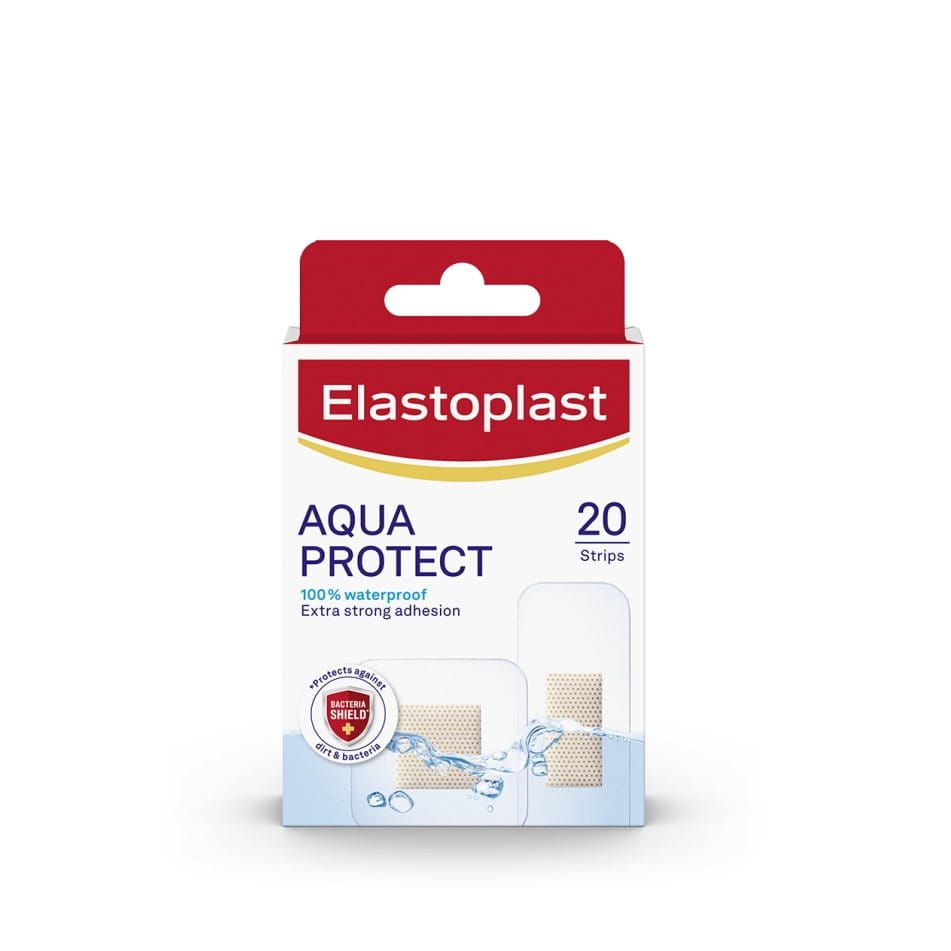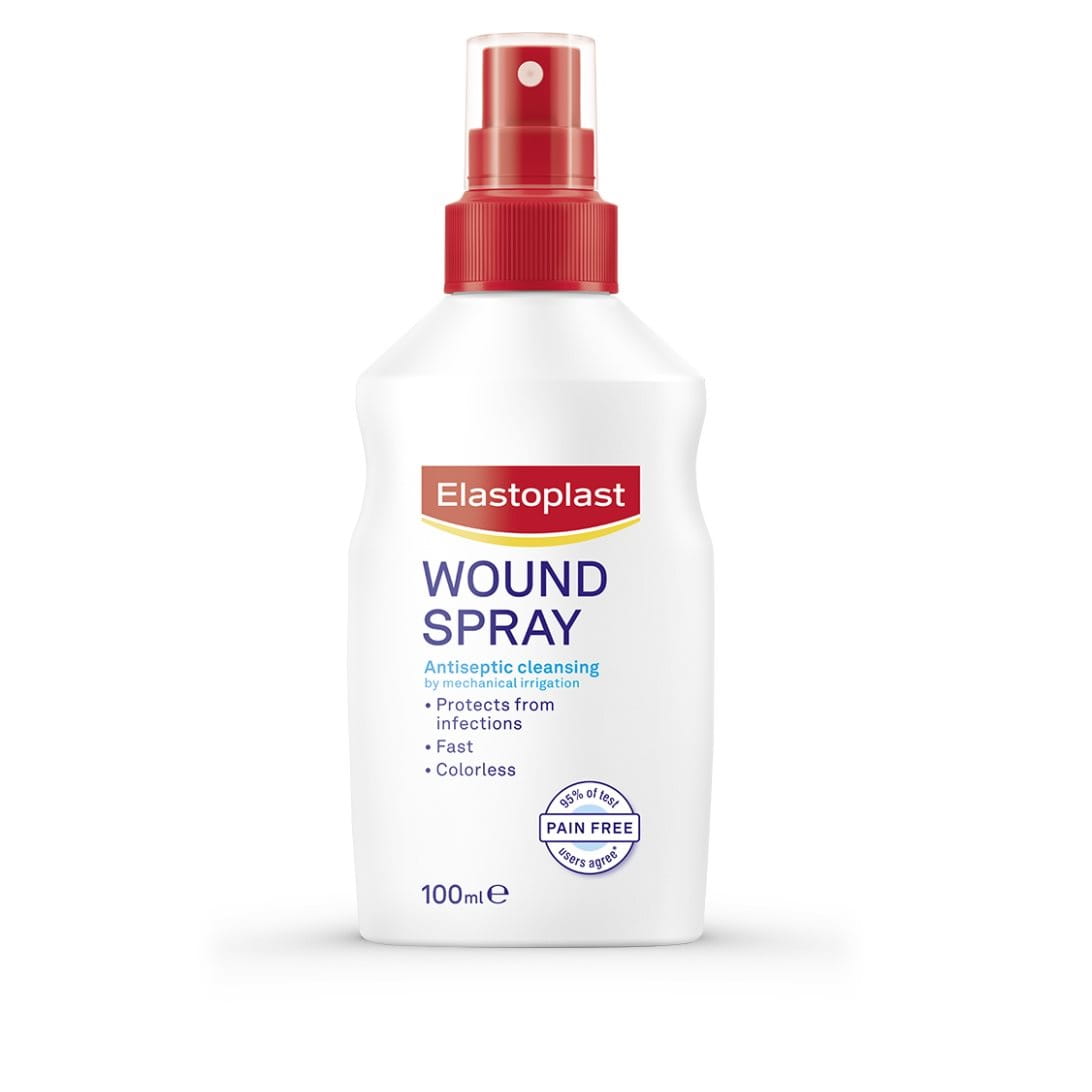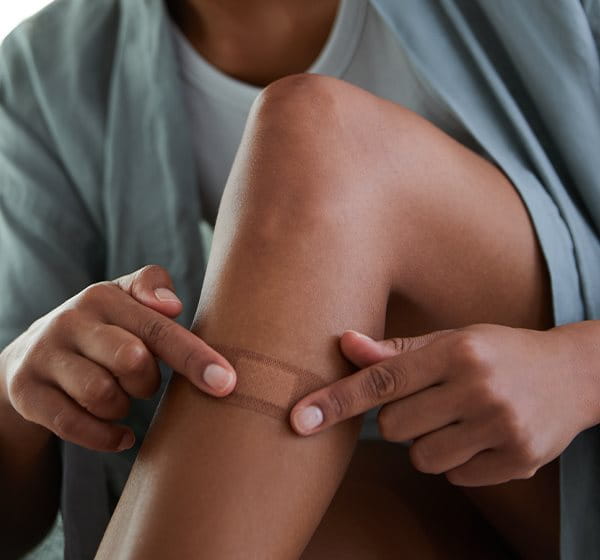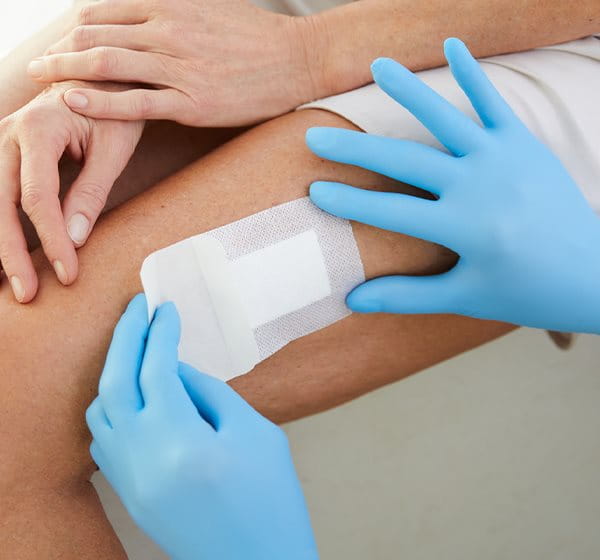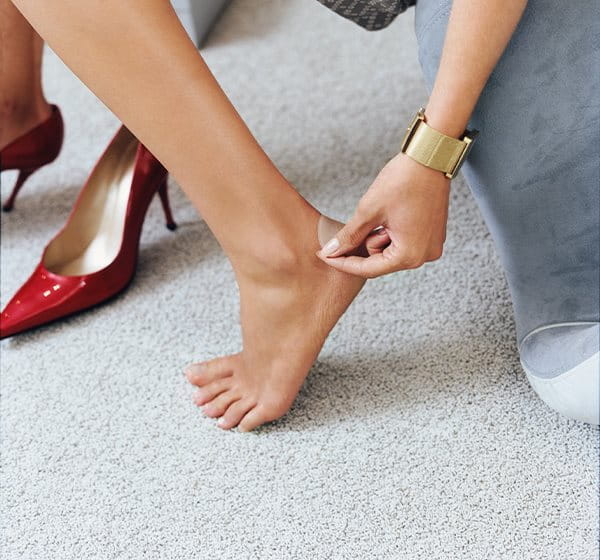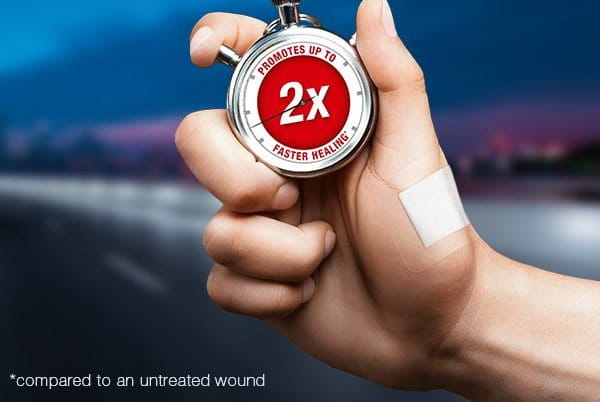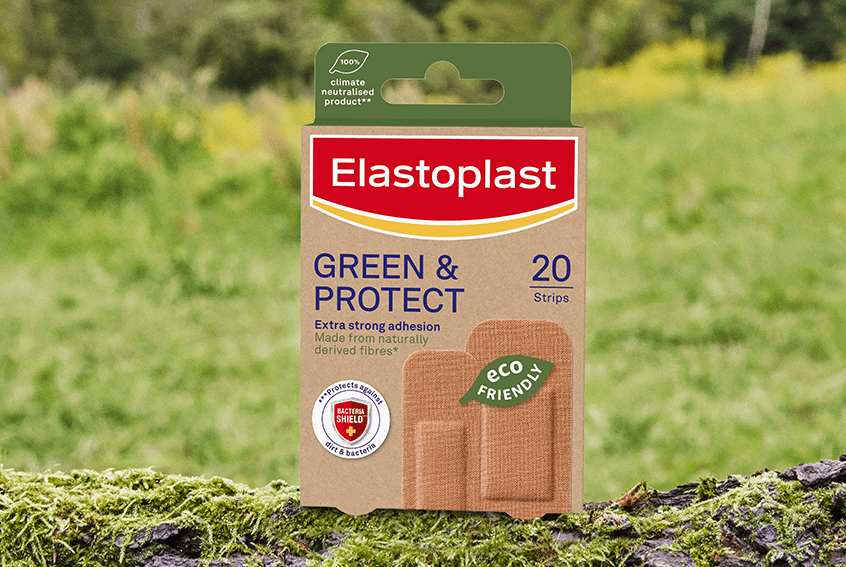Don’t play down the seriousness of a small wound. Every minor injury to your skin deserves attention and the right wound treatment, so that your skin can heal properly. Fortunately, today’s wound dressings incorporate the latest medical technologies and come in different shapes, structures and sizes.
Let’s go through some special solutions that you might not even know about – or did you know that today’s generation of Elastoplast plasters can even prevent scarring and scabs? Stay on top of minor injuries by finding out the latest and best options when it comes to wound care.
Learn how to dress wounds correctly

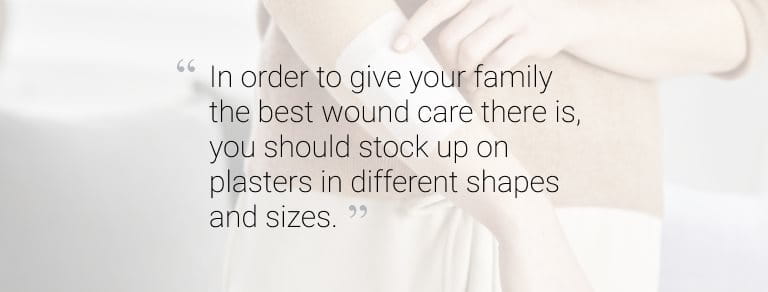
Optimal healing conditions
Forget about ‘being brave’ and ‘not fussing too much’ by letting a wound heal in the fresh air. Even if it’s just a scrape or a small cut, research has shown that letting a wound heal under moist and covered up conditions will heal faster and prevent scabs and scarring. Find out more – and try Elastoplast Fast Healing Plasters featuring advanced wound treatment technology.
